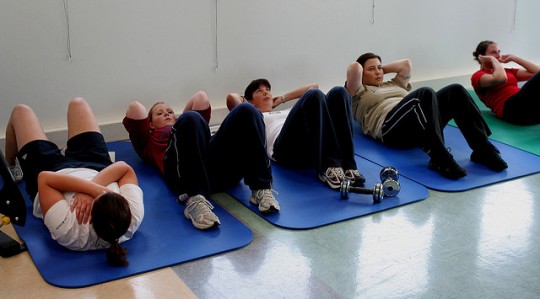Examining how friends and family can influence our weight loss
Examining how friends and family can influence our weight loss

As we’ve previously written about on Scope, research at Stanford has shown that patients who have undergone Roux-en-Y gastric bypass surgery can have a positive effect on family members’ weight loss.
A segment today on NPR’s Morning Edition examines how social influences can fuel weight loss. On the show, John Morton, MD, MPH, associate professor of surgery and director of bariatric surgery at Stanford Hospital & Clinics, discuses how a patient’s gastric bypass surgery can encourage family members to change their lifestyle habits. He said:
We all gather around the table to enjoy a meal together and we learn lessons when we do that… Just like you impart morals to your sons and daughters, you can do the same thing around the dinner table as well and it can be good or bad; we see that all the time.
The story goes on to point out that results (subscription required) from similar studies support Morton and colleagues’ findings:
[Brown University researcher Tricia Leahey, PhD,] investigated a team-based weight loss competition in Rhode Island. This is an annual state-sponsored competition that joins individuals to compete against one another to see which team loses the most weight.
Teams range from four to 11 people and can include family members, but also friends and co-workers. After 12 weeks, Leahey found that those that lost the most weight were on the same team, suggesting “significant social influence.” In fact, the more people reported feeling peer influence to lose weight and exercise more, the more weight they lost.
Similar to the Stanford study, the average weight loss of the biggest losers hovered around 5 percent of their initial body weight.
By Lia Steakley
Stanford University Medical Center
Photo by sportsandsocial
###
* Stanford University Medical Center integrates research, medical education and patient care at its three institutions – Stanford University School of Medicine, Stanford Hospital & Clinics and Lucile Packard Children’s Hospital.
** The above story is adapted from materials provided by Stanford University School of Medicine
________________________________________________________________




















